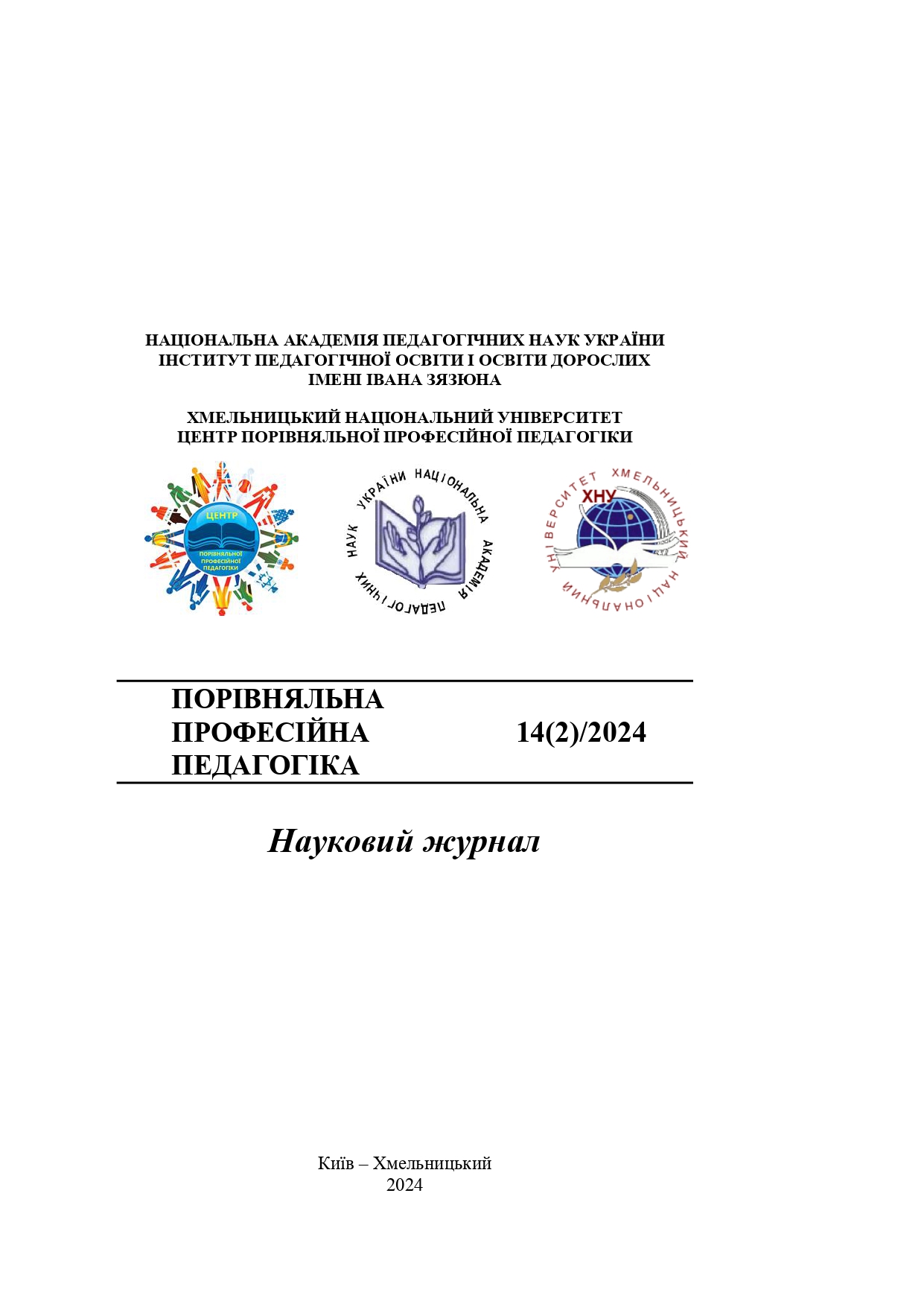INFORMATION AND METHODOLOGICAL PROVISION OF LANGUAGE EDUCATION AT CHINESE UNIVERSITIES
DOI:
https://doi.org/10.31891/2308-4081/2024-14(2)-16Keywords:
the Chinese language, language education, Chinese universities, information technology, digital resources, mobile applications, online platforms, virtual classrooms, interactivityAbstract
It is found that universities in China demonstrate substantial organization of language education due to modern approaches to teaching and learning. A comprehensive combination of traditional methods and digital technologies makes learning more effective and accessible. Language education at Chinese universities integrates elements of research-based learning and presupposes active implementation of artificial intelligence, adaptive learning systems, digital resources, such as online platforms, mobile applications, virtual classrooms, multimedia, and audiovisual resources.
It is defined that an important component of information and methodological provision of language education at Chinese universities is online platforms, namely MOOC China and XuetangX, which have become pioneers in the implementation of massive open online courses (MOOCs) in language education and are characterized by interactivity, accessibility, and multimedia. The advantages of the platforms include academic support, learning flexibility, certification, and the use of virtual classrooms.
The article characterizes different types of special laboratories (stationary and virtual) in Chinese universities that promote a more in-depth study of phonology, syntax and discourse and allow students to develop practical language skills in real time and in various areas of communication.
It is concluded that digital resources are becoming a key tool for integrating the latest technologies into language education in China, improving its quality and accessibility. The article also outlines the challenges and risks in learning Chinese with the help of information resources: unequal access to modern information resources in different regions of the country; lack of qualified teachers to implement innovative teaching methods; the need to further adapt international educational standards to Chinese realities; linguistic features of language education; the need to develop inter-university cooperation for the exchange of experience; and investment in the development of the latest educational technologies and language resources).
Downloads
Published
How to Cite
Issue
Section
License
Copyright (c) 2024 МАЙЯ СОВА

This work is licensed under a Creative Commons Attribution 4.0 International License.


